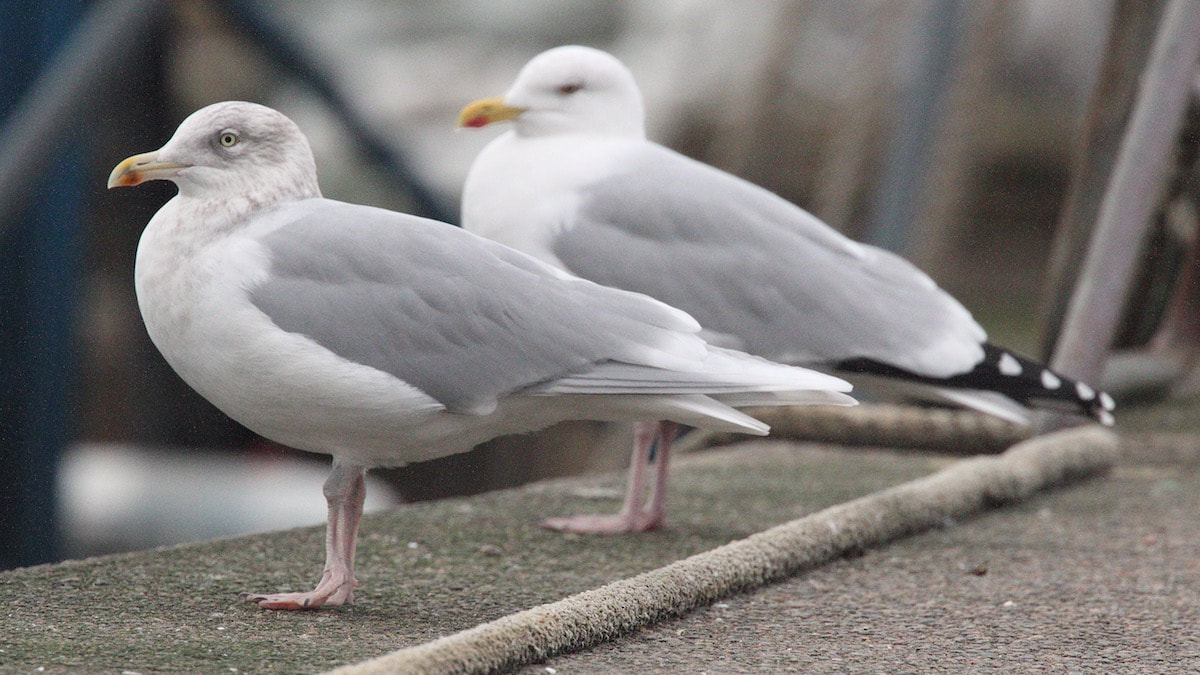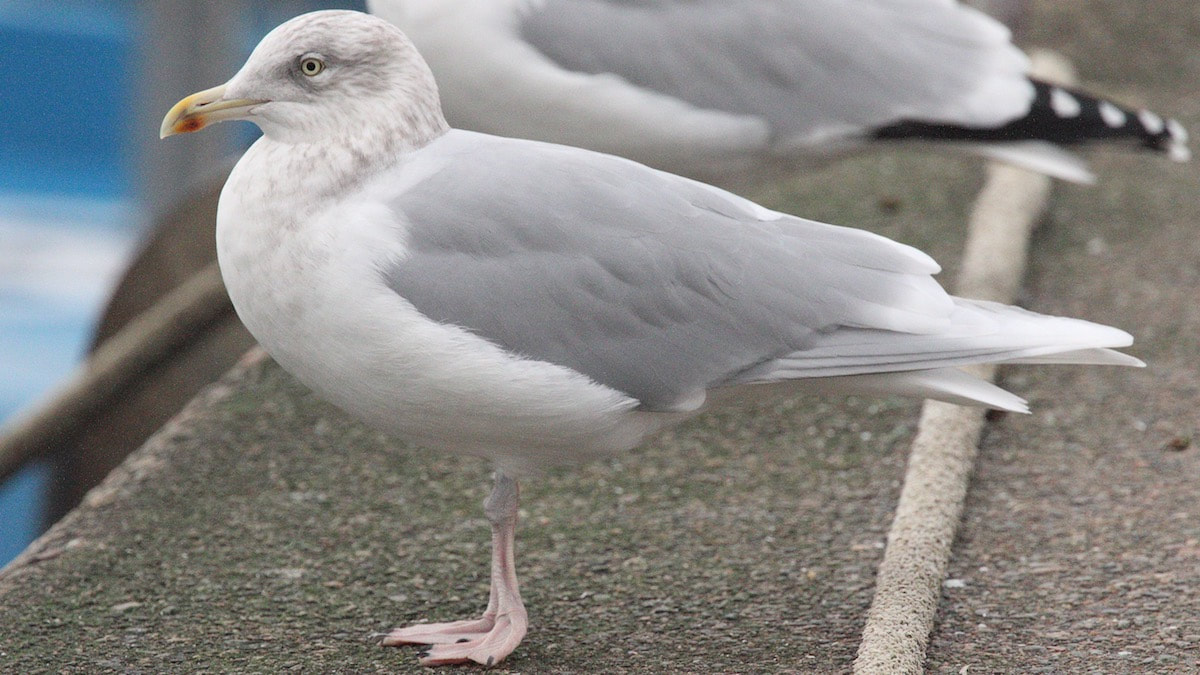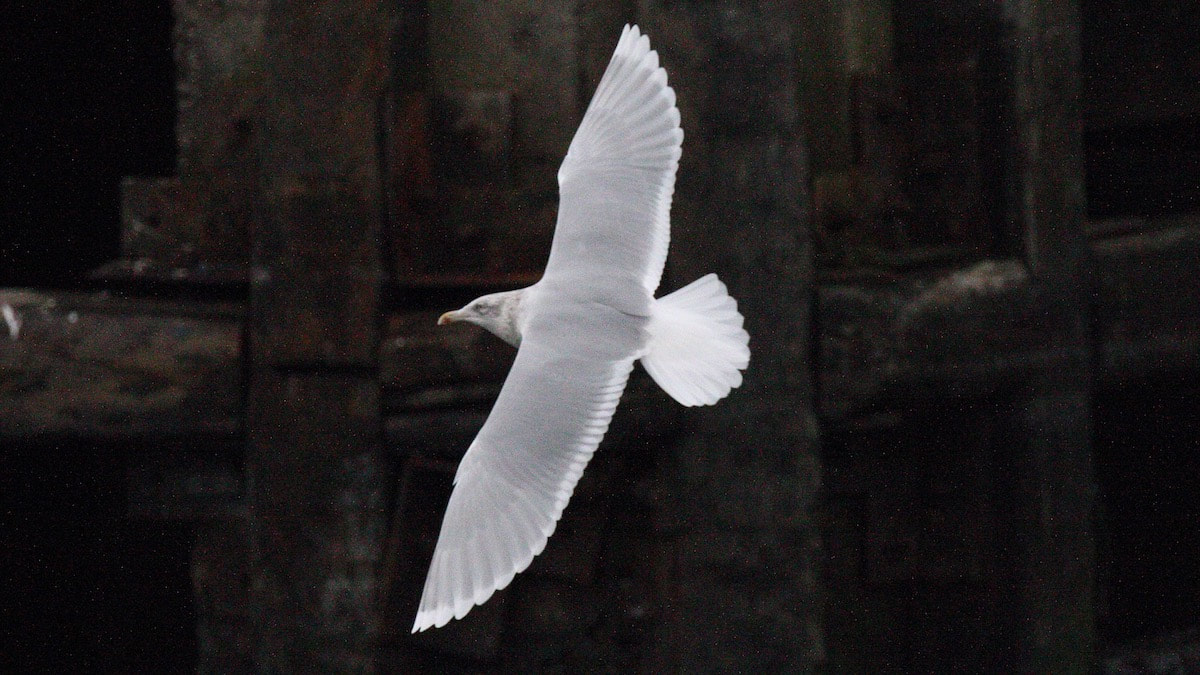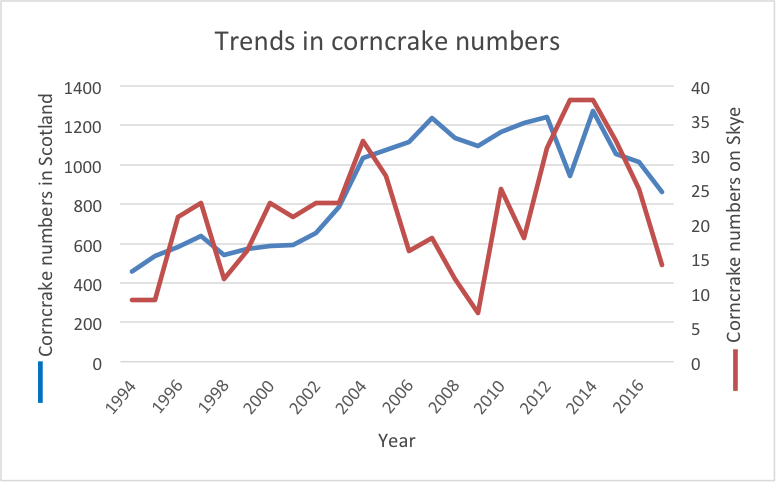I know that mid-winter is rather a mad time of year to be holding a bird race, but it is just meant to be a fun activity and not the slightest bit competitive! The short day length will just make it all the more exciting!.
The object of the day is to go out birding – with a friend or with some friends – and try to find as many different species as you can. It is up to you and your team to decide who will drive and where you will go. It is even OK to venture into Moray….
We will all gather at the end of the day for a post-race get together over tea/coffee and a seasonal mince pie at The Snow Goose, where we can collect in the results, present some prizes and have a chat about how your day has been.
Don’t worry if you are on your own and would like to join a team, as I can put you in touch with other SOC members taking part.
Unfortunately………we have to have a few RULES……..
- Teams of up to 4 (4 maximum, 2 minimum).
- Race duration – anytime from 0000hrs to 1630hrs (daylight is officially about 0815 to 1550 so it is up to you to choose how long you spend birdwatching).
- Team members must stay together if birding.
- At least 2 of the team members must see/hear each bird species to count it.
- Please use the attached checklist to record species seen/heard.
- No tape luring allowed.
- When a bird is identified to family but not to species level, it can in some cases still be a tick – e.g. a distant auk that might be Guillemot or Razorbill, can be ticked as ‘Auk sp.’, although neither Guillemot nor Razorbill can be subsequently ticked in addition.
- There will be a charge of £5 per team to help cover the costs of the tea & mince pies.
- Bird lists must be submitted to Carol at The Snow Goose by 1630hrs.
- Please register teams with Carol Miller by 6pm on Friday 8th December giving a mobile contact number. People looking for a team to join should also register an interest with Carol and I will try to match you up. Please say if you have a car and are willing to drive. Please feel free to contact me if you have any queries.
- Carol’s email address is carol.miller.09@aberdeen.ac.uk
- Mobile phone number 07901228737
- Or sign up at the indoor meeting on Tuesday 5th December.
- Persons take part in the bird race at their own risk.
Have Fun and Happy Birding!
Carol Miller




 RSS Feed
RSS Feed
